Is Peat Moss Beneficial for Vegetable Gardens? Exploring Pros and Cons
- February 15, 2024
- 0 comment
Gardening enthusiasts often seek out the best soil amendments to ensure a bountiful harvest. One such amendment, peat moss, has been a topic of discussion for its benefits and drawbacks in vegetable gardening. Understanding how peat moss affects your garden can help you make an informed decision about its use.
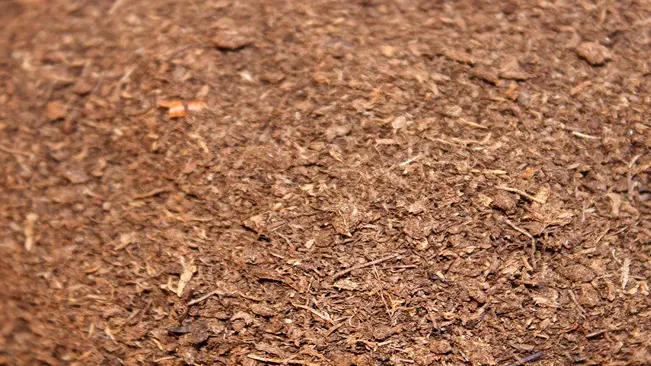
What is Peat Moss?
Peat moss is an organic material formed from the partial decomposition of plant materials in peat bogs. Predominantly composed of moss, it takes centuries to develop and is harvested from the upper layers of these bogs. Its unique properties have made it a popular choice for gardeners.

Benefits of Peat Moss in Vegetable Gardens
- Improved Soil Structure: Peat moss is known for its ability to retain moisture and aerate the soil. This can be especially beneficial in sandy soils that drain quickly or in clay soils that tend to compact and retain water poorly.
- Neutral pH Level: Most vegetables thrive in a slightly acidic to neutral soil pH. Peat moss typically has a low pH, making it suitable for acid-loving plants, but it can also be treated to be more neutral, catering to a wide range of vegetables.
- Disease Free: Being naturally sterile, peat moss does not contain harmful pathogens or weed seeds. This reduces the risk of diseases and unwanted plants competing with your vegetables.
- Enhanced Root Development: The soft texture of peat moss encourages root growth, providing a good environment for root vegetables like carrots and radishes.
Considerations and Drawbacks
- Environmental Concerns: Peat moss is a non-renewable resource. Its extraction can damage peat bogs, which are important ecosystems and natural carbon sinks. This has raised sustainability concerns among environmentally conscious gardeners.
- Water Retention: While its ability to retain moisture is often a benefit, it can also be a drawback. Once it dries out, peat moss can be challenging to rehydrate, potentially leading to uneven moisture levels in your garden.
- Nutrient Content: Peat moss is low in nutrients, so it should not be relied upon as a sole source of nutrition for plants. It’s often best used in conjunction with other organic materials like compost.
Using Peat Moss in Your Garden
If you decide to use peat moss, it should be mixed thoroughly with your garden soil. A common recommendation is a 2:1 ratio of soil to peat moss. Always ensure that it’s moist when you add it to the garden to prevent issues with rehydration.
Mixing Peat Moss with Garden Soil
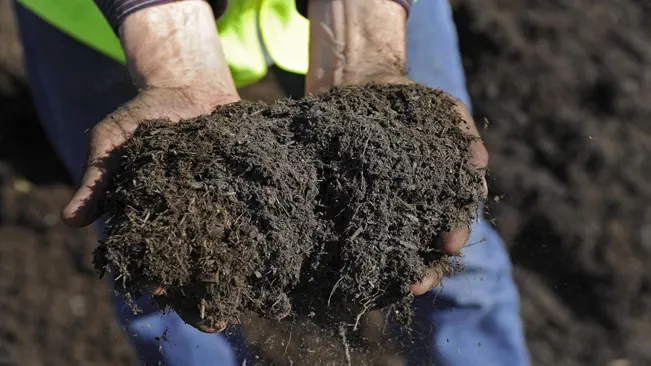
- Ratio: The recommended ratio of 2 parts soil to 1 part peat moss is a general guideline. This can be adjusted based on the type of soil in your garden and the needs of your plants. For instance, in very sandy soil, you might want to increase the proportion of peat moss to improve water retention. In contrast, in clay soils, a lesser amount may suffice since the primary goal is to improve aeration.
- Thorough Mixing: It’s crucial to mix the peat moss thoroughly with your garden soil. This ensures an even distribution, preventing pockets of dry or overly moist soil, which can negatively affect plant roots.
- Depth: Incorporate the peat moss mix into the top 12 to 18 inches of soil. This depth covers the root zone of most vegetables and ensures the benefits are accessible to the plants.
Moistening Peat Moss
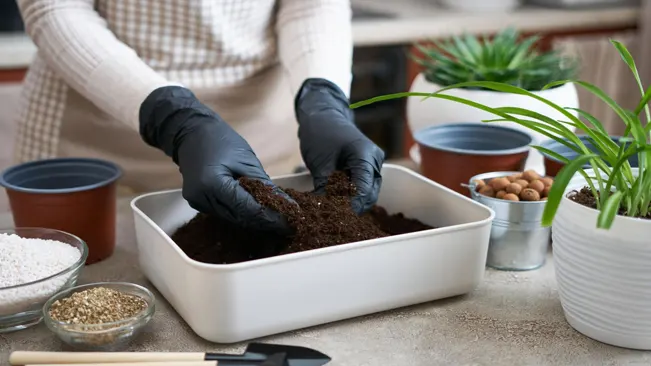
- Pre-Wetting: Before mixing it with soil, it’s a good practice to moisten the peat moss. This can be done by placing it in a large container and slowly adding water, stirring until it feels uniformly moist but not soggy.
- Consistency: Aim for a consistency that’s like a wrung-out sponge – damp but not dripping water.
Application in the Garden
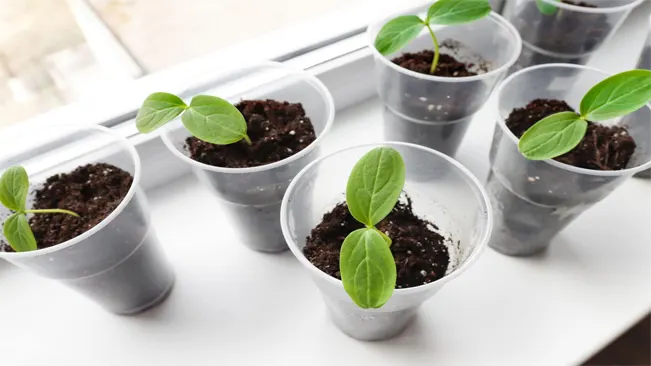
- Garden Beds: When preparing new beds or amending existing ones, spread the peat-soil mix evenly across the surface and then till or dig it in to the recommended depth.
- Containers: For container gardening, peat moss can be a valuable component of your potting mix. It helps to retain moisture and keep the soil light and fluffy.
Maintenance
- Watering: Plants in soil with peat moss may require different watering schedules. Monitor the soil moisture closely, especially during the initial stages after application, to understand the new watering needs.
- Mulching: Using mulch on top of soil amended with peat moss can help retain moisture and reduce the frequency of watering.
Environmental Consideration
As a gardener, it’s also important to be aware of the environmental impact of using peat moss. Since it is a non-renewable resource, consider using it judiciously or exploring sustainable alternatives like coconut coir or compost.
Alternatives to Peat Moss
Due to environmental concerns, many gardeners look for alternatives. Coconut coir, compost, leaf mold, and vermiculite are excellent substitutes, each with its own set of benefits.
Coconut Coir

- Coconut coir is made from the fibrous husks of the inner shell of coconuts. It’s a byproduct of the coconut industry, making it a more sustainable option.
- Benefits:
- Water Retention and Drainage: Similar to peat moss, coconut coir is excellent at retaining moisture yet also drains well, preventing waterlogging.
- pH Neutral: Unlike peat moss, coconut coir is pH neutral, which is beneficial for most vegetables.
- Sustainable: It’s a renewable resource, making it an eco-friendlier choice.
- Durable: It breaks down more slowly than peat, leading to longer-lasting soil structure benefits.
Compost
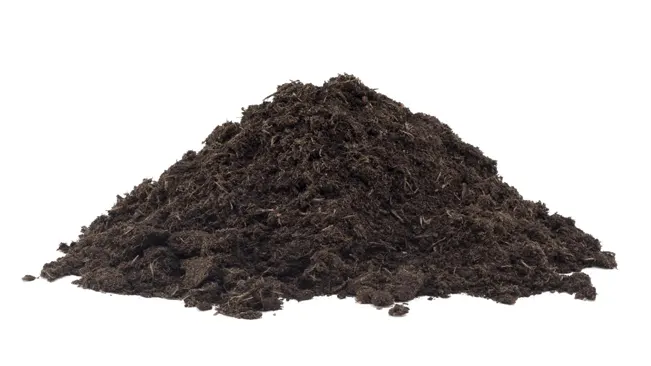
- Compost is decomposed organic matter, including kitchen scraps, yard waste, and manure.
- Benefits:
- Rich in Nutrients: Compost is nutrient-rich, providing essential nutrients to plants.
- Improves Soil Structure: It improves soil aeration and moisture retention.
- Environmentally Friendly: Composting recycles organic waste, reducing landfill use.
- Versatility: Suitable for almost all types of gardens and plants.
Leaf Mold
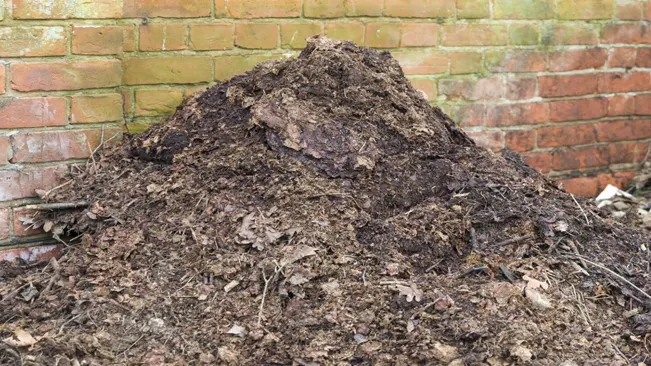
- Leaf mold is created by decomposing leaves, typically collected in the fall.
- Benefits:
- Soil Conditioner: Excellent for improving soil structure and water retention.
- Cost-Effective: Utilizes fallen leaves, a free and natural resource.
- Wildlife Friendly: Supports beneficial soil microorganisms and insects.
- Slow Decomposition: Provides long-term soil improvement.
Vermiculite
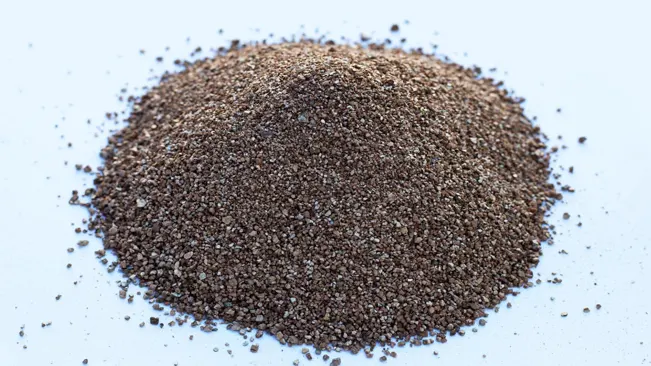
- Vermiculite is a natural mineral that expands with heat. It’s often used in gardening for soil aeration and moisture retention.
- Benefits:
- Lightweight: Helps to lighten heavy soils.
- Water Retention: Good for moisture retention while still allowing proper drainage.
- Non-Toxic: Safe for use in gardens.
- Helps with Seed Germination: Ideal for starting seeds due to its ability to retain moisture and nutrients.
Pros of Peat Moss in Vegetable Gardens
Excellent Soil Conditioner: Peat moss is great for improving the structure of both clay and sandy soils. It helps aerate compact soils, improving drainage and root growth, while also enhancing water retention in sandy soils.
High Water Retention: It can absorb and retain water efficiently, which is beneficial for keeping the soil moist. This is especially important for vegetables that require consistent moisture levels.
Acidic Nature: Peat moss is naturally acidic, which can be beneficial for acid-loving vegetable plants. It helps lower the pH of alkaline soils, making it more suitable for such plants.
Sterility: It is usually free from weed seeds, pests, and diseases, which reduces the risk of introducing harmful elements into your vegetable garden.
Organic Matter Addition: Peat moss adds organic matter to the soil, which can improve soil fertility over time.
Cons of Peat Moss in Vegetable Gardens
Environmental Concerns: The extraction of peat moss contributes to the destruction of peat bogs, which are important ecosystems. Peat bogs also act as carbon sinks, and their destruction can contribute to climate change.
Slow Renewable Resource: Peat moss forms very slowly, making it a non-sustainable resource. It takes thousands of years for peat bogs to develop.
Nutrient Deficiency: Peat moss does not contain nutrients beneficial for plant growth. This means it must be supplemented with fertilizers for optimal plant health.
Cost and Accessibility: Depending on your location, peat moss can be expensive and not always easily accessible.
Acidic Nature Can Be a Drawback: While beneficial for acid-loving plants, the acidity of peat moss can be detrimental for vegetables that prefer neutral to alkaline soils. This necessitates the balancing of soil pH with additional amendments.
Hydrophobic When Dry: Once it dries out, peat moss can become hydrophobic (resistant to water), which can make re-wetting the soil difficult.
No Microbial Life: Unlike compost, peat moss does not contain beneficial microbes that can contribute to soil health.
Conclusion
Peat moss can be a valuable addition to vegetable gardens, offering benefits like soil conditioning, water retention, and providing a sterile medium. However, its acidic nature and environmental concerns are factors that gardeners must consider. Alternatives like compost and coconut coir may offer more sustainable options while providing similar benefits.
In conclusion, while peat moss has its advantages, the decision to use it in vegetable gardens should be weighed against its environmental impact and the specific needs of the plants being grown.
FAQs (Frequently Asked Questions)
- What is peat moss?
Peat moss is an organic material formed from partially decomposed plant material in peat bogs. It’s commonly used in gardening for soil amendment. - How does peat moss benefit vegetable gardens?
Peat moss improves soil structure by enhancing moisture retention and aeration, especially beneficial in sandy or clay soils. It also provides a sterile medium, reducing the risk of disease and weed growth. - Is peat moss environmentally sustainable?
Peat moss is a subject of environmental concern as it is a non-renewable resource. Harvesting peat moss can damage peat bogs, which are important ecosystems and carbon sinks. - Can peat moss alter soil pH?
Peat moss is naturally acidic but can be treated to be more neutral. This makes it suitable for a wide range of vegetables that prefer slightly acidic to neutral soil pH. - Does peat moss contain nutrients for plants?
Peat moss is low in nutrients. While it improves soil structure, it should be used in conjunction with nutrient-rich organic materials like compost for optimal plant growth. - How should peat moss be used in vegetable gardens?
It’s recommended to mix peat moss thoroughly with garden soil, typically in a 2:1 ratio of soil to peat moss. Ensure it’s moist when adding to the garden to avoid rehydration issues. - Are there alternatives to peat moss for vegetable gardens?
Yes, alternatives include coconut coir, compost, leaf mold, and vermiculite. Each has unique benefits and can be more sustainable choices. - Can peat moss be used for all vegetables?
Peat moss is generally suitable for most vegetables, particularly benefiting root vegetables that thrive in loose, aerated soil. However, consider the specific soil needs of each vegetable type. - Does peat moss help with water retention in gardens?
Yes, peat moss is excellent for retaining moisture in the soil, which can be particularly beneficial during dry periods. However, it can be hard to rehydrate once it dries out. - Is it necessary to use peat moss in vegetable gardens?
No, it’s not necessary. While it offers certain benefits, whether to use peat moss depends on individual garden needs, environmental considerations, and personal preference.

Kristine Moore
Forestry AuthorI'm Kristine Moore, a seasoned garden landscaping professional with over 30 years of experience. My extensive career has been dedicated to transforming outdoor spaces into stunning, sustainable landscapes. With a deep understanding of horticulture, design principles, and environmental stewardship, I have become a respected figure in the field, known for creating harmonious, visually appealing, and eco-friendly gardens. My commitment to excellence and continuous learning in landscaping trends and techniques has solidified my reputation as an expert in garden design and implementation.

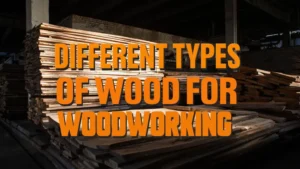


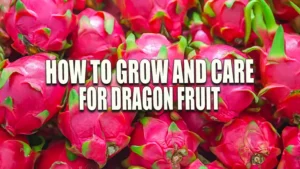

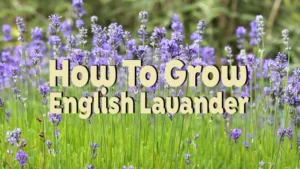
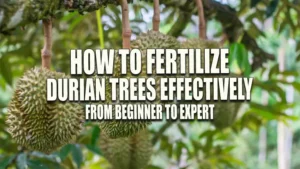
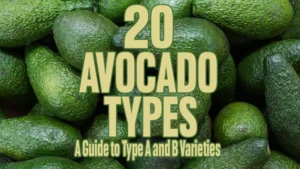

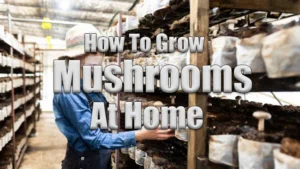
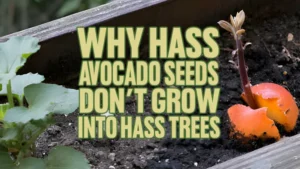

Leave your comment